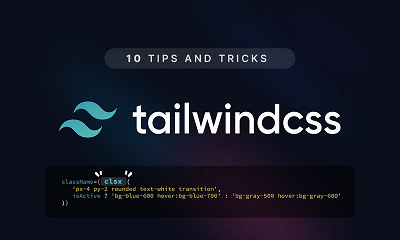Understanding Tailwind CSS: A Modern Approach to Web Design
 Farzin
Farzin

Tailwind CSS has rapidly gained popularity in the web development world. Unlike traditional CSS frameworks like Bootstrap or Foundation that provide pre-built components, Tailwind CSS operates on a different principle. It's a utility-first CSS framework.
What is Utility-First CSS?
In utility-first CSS, you style elements by applying small, single-purpose utility classes directly in your HTML. For example, instead of creating a custom CSS rule for a blue button with rounded corners, you would apply classes like bg-blue-500, text-white, rounded-md, py-2, and px-4 directly to the <button> element.
Benefits of Using Tailwind CSS:
- Rapid Development: Quickly style elements without writing custom CSS.
- Customization: Easily customize the look and feel by composing utility classes.
- Performance: Only the CSS you use in your HTML is included in the final stylesheet, leading to smaller file sizes.
- Consistency: Enforces a consistent design language through predefined utility classes.
While there's a learning curve associated with remembering and combining the various utility classes, many developers find that Tailwind CSS significantly speeds up their workflow and provides greater flexibility in their designs.